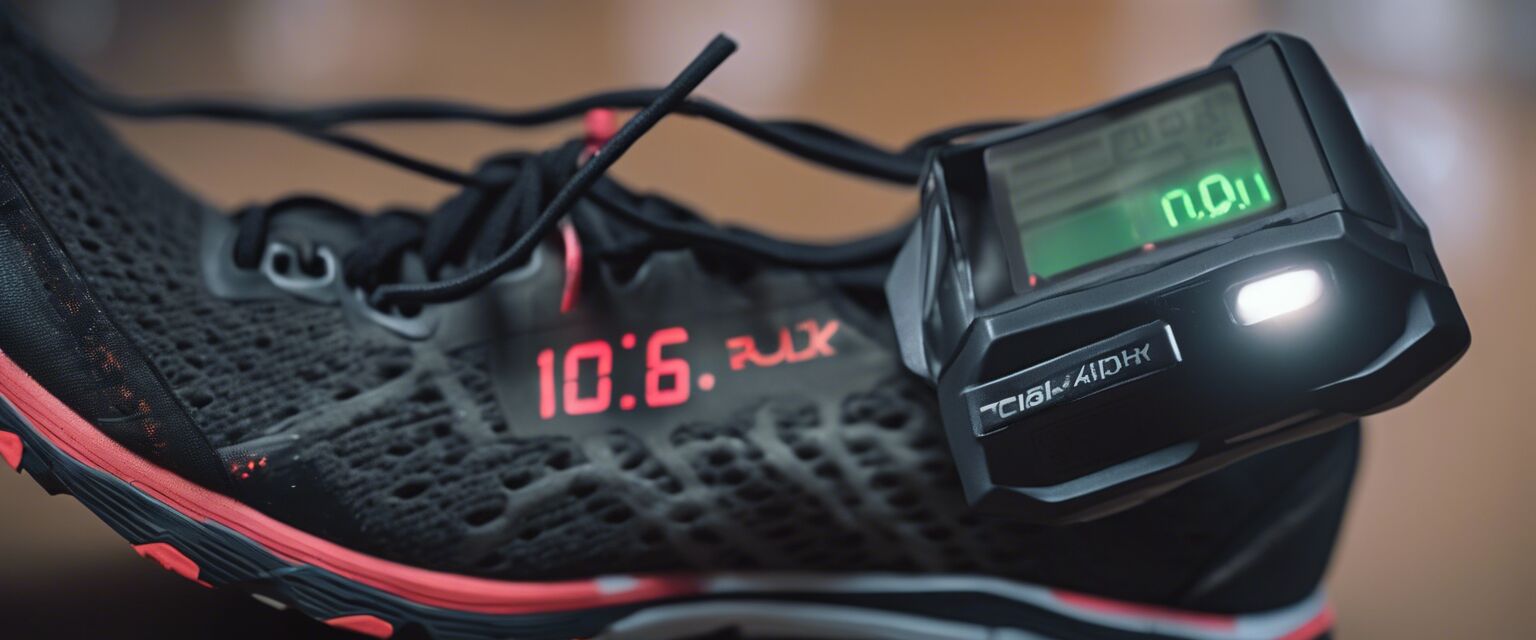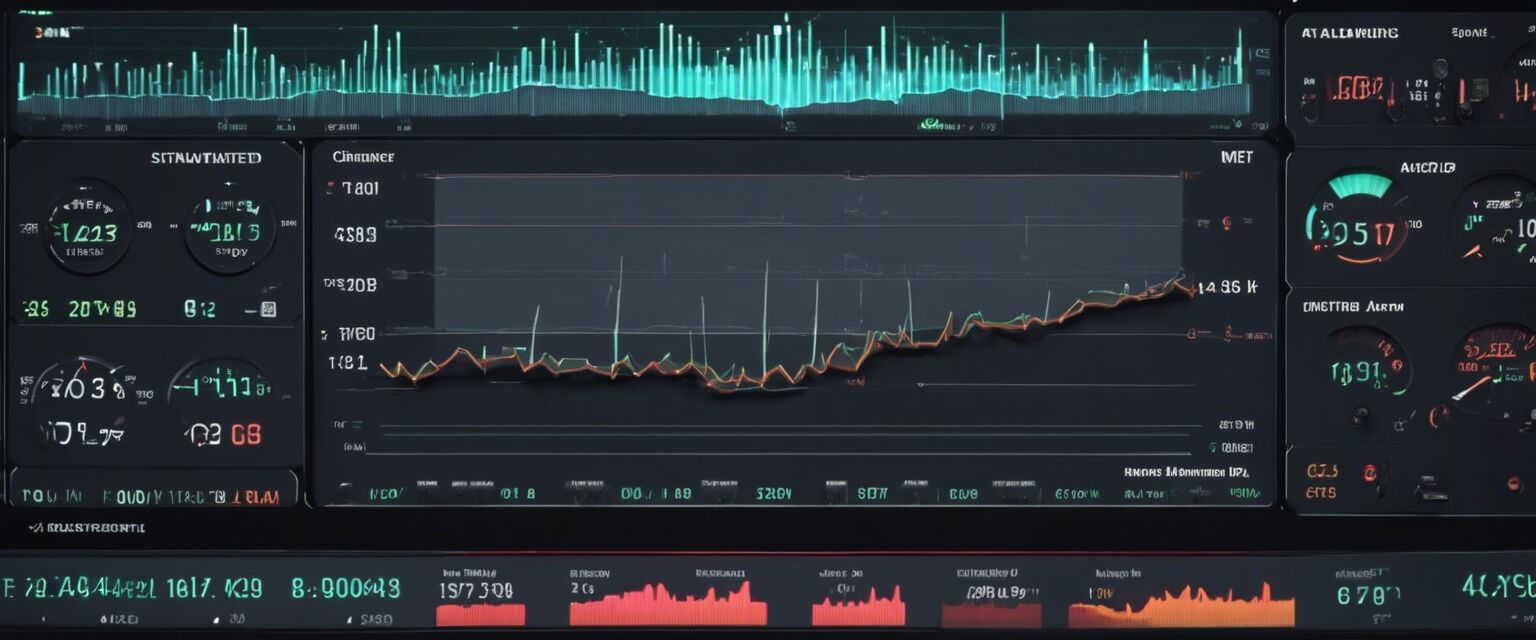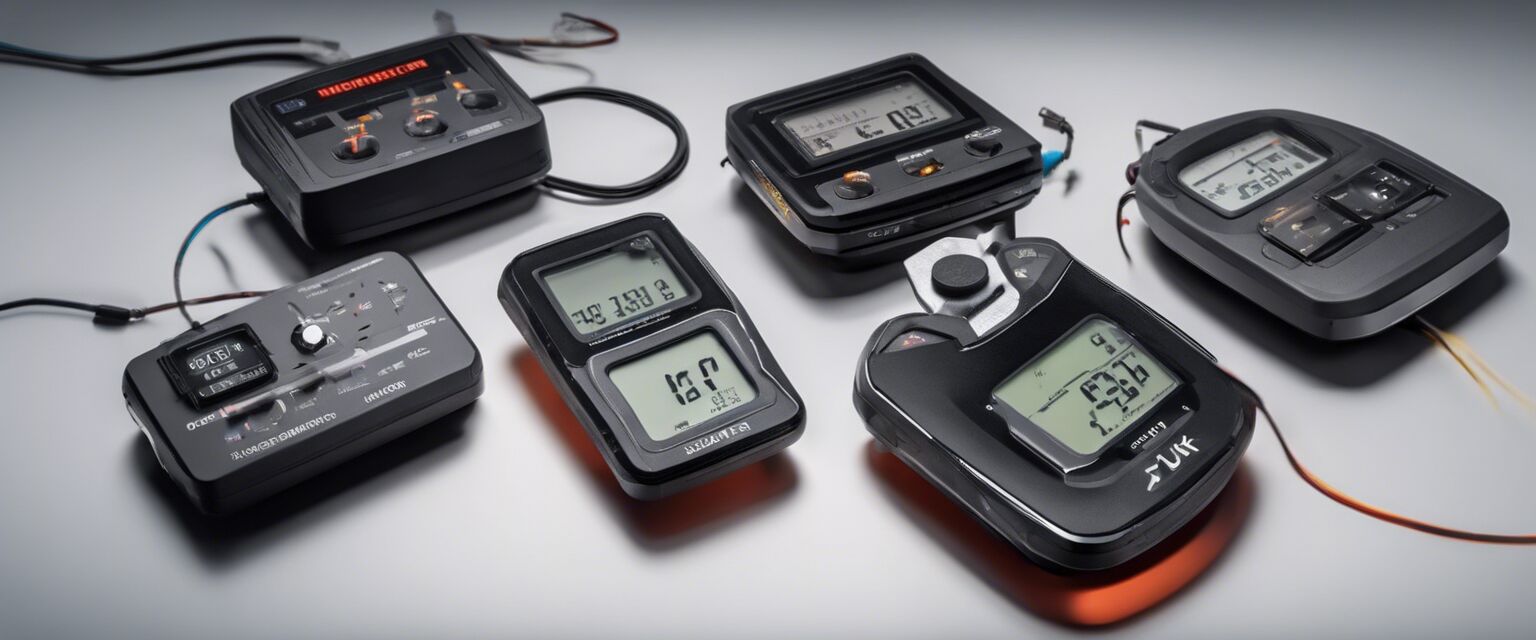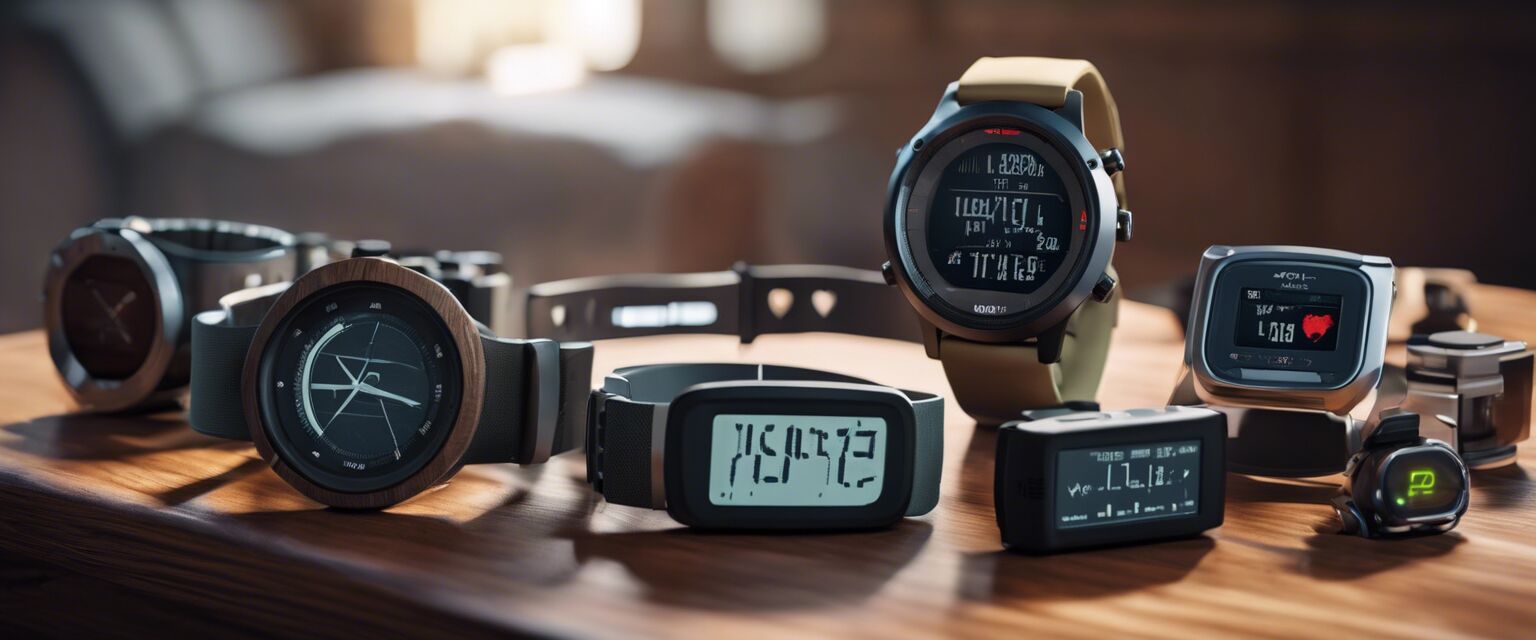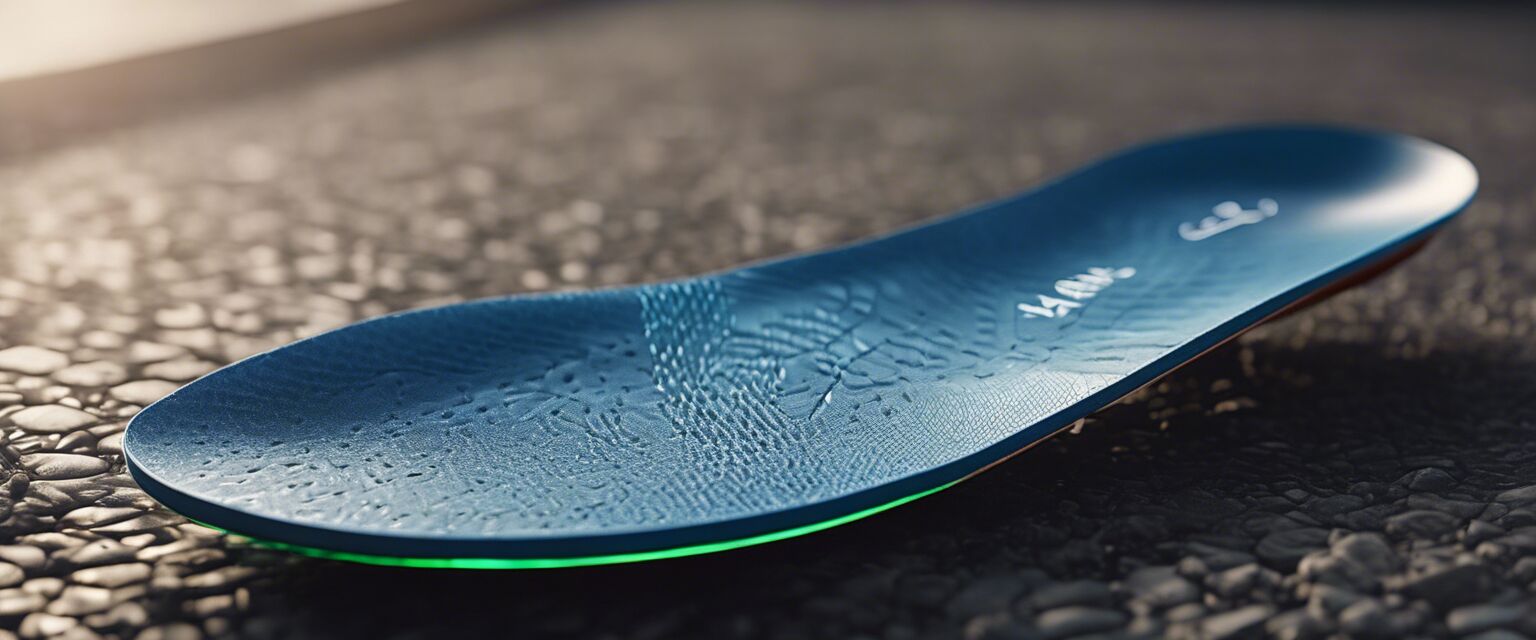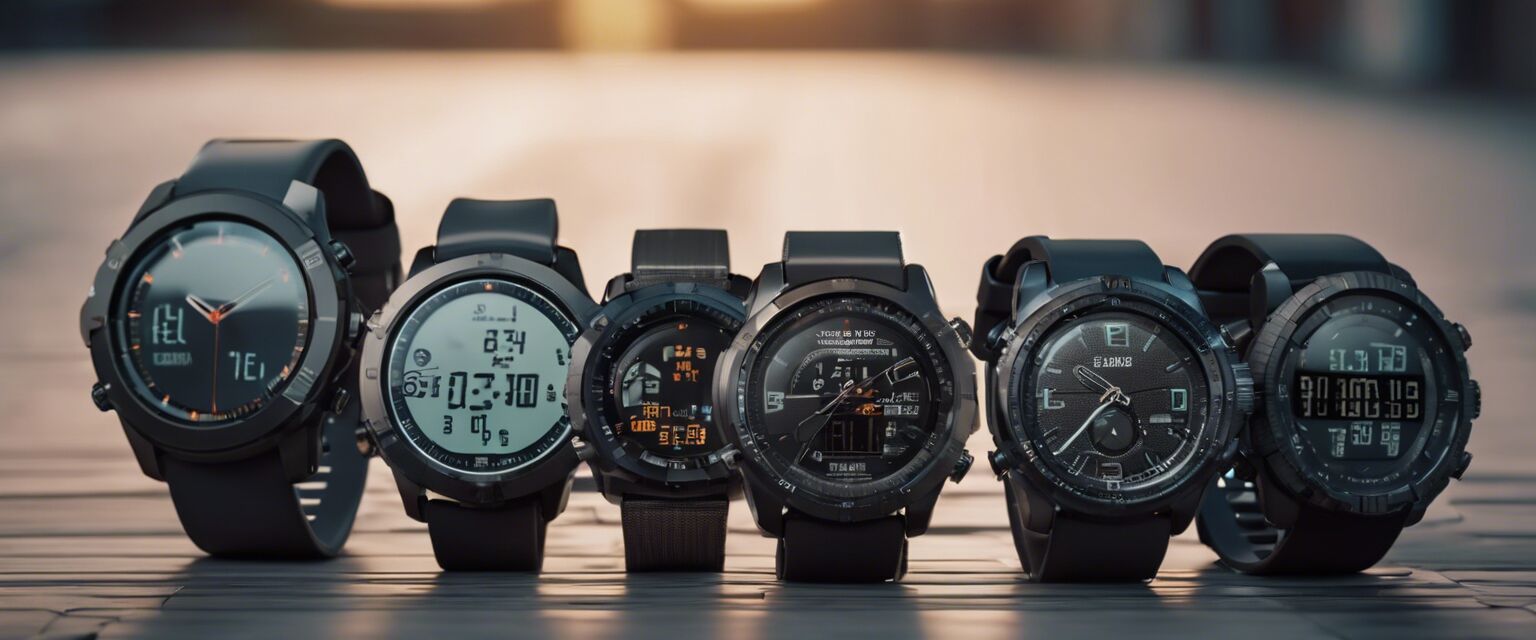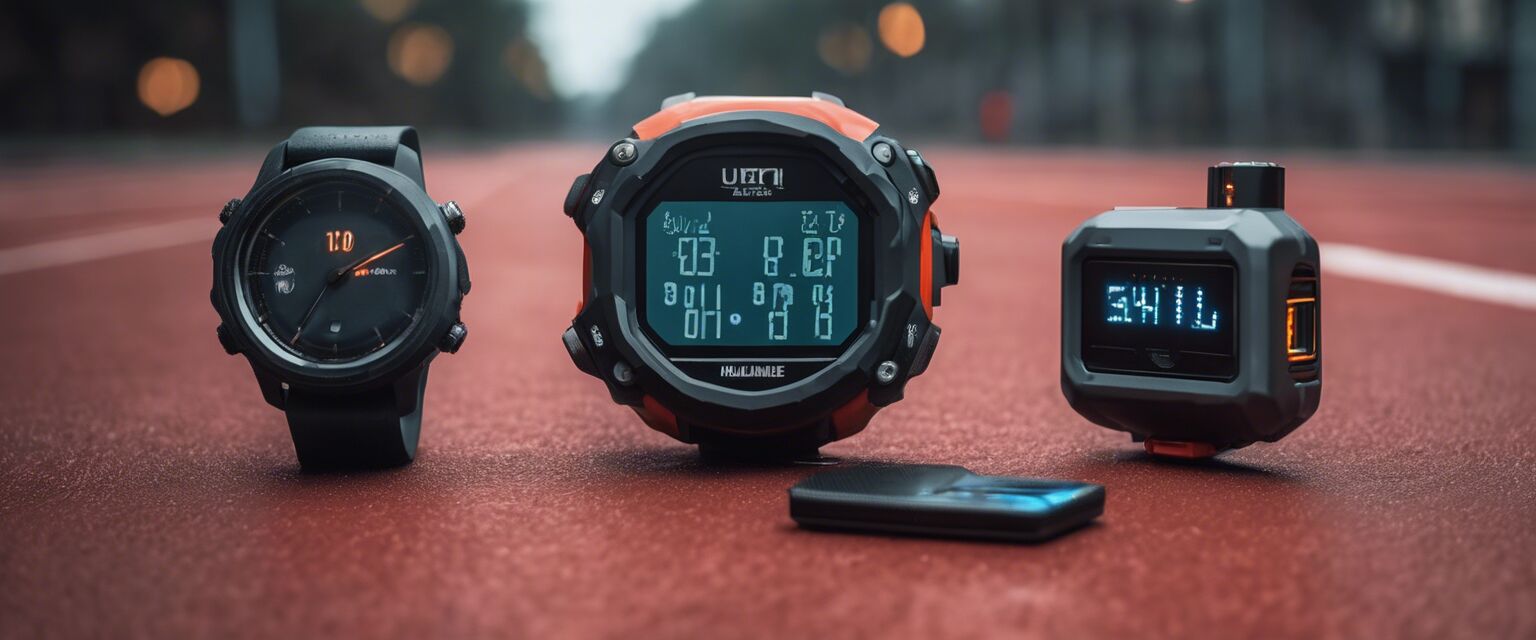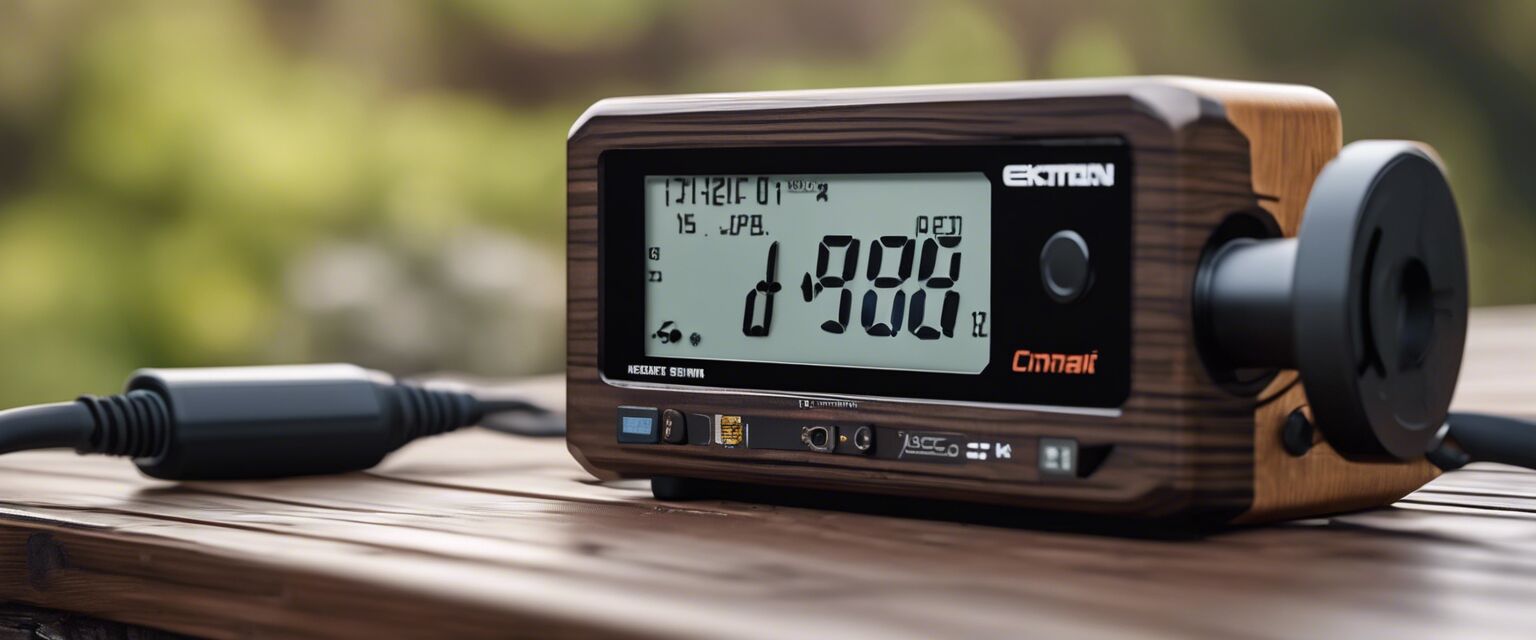
Running Power Meters: Comprehensive Guide to Their Benefits and Top Products
Key Takeaways
- Running power meters measure the effort exerted during a run.
- They help optimize training plans by providing real-time feedback.
- Power meters can enhance performance and prevent overtraining.
- Top brands offer diverse options with various features.
Running power meters have become an essential tool for serious runners looking to optimize their training. By measuring the power output in watts, these devices provide valuable insights into your running efficiency and performance. In this article, we will explore the benefits of using running power meters, how they work, and what to consider when choosing the best one for your needs.
What is a Running Power Meter?
A running power meter is a device that measures the power output of a runner in real-time, allowing for precise training metrics. These devices track the effort exerted during running, enabling athletes to adjust their pace based on their current performance levels.
How Do Running Power Meters Work?
Running power meters typically utilize sensors that measure various metrics, including speed, pace, heart rate, and cadence. The data collected is then processed to provide an output in watts, offering a direct representation of the effort being put forth.
Benefits of Using Running Power Meters
Implementing a running power meter into your training regimen can offer various advantages:
- Improved Training Efficiency: Track your power output to tailor your workouts for better results.
- Real-Time Feedback: Adjust your pace and effort during training based on immediate data.
- Performance Monitoring: Analyze your progress over time and make informed adjustments.
- Prevention of Overtraining: Understand your limits and avoid burnout with power metrics.
Comparison of Running Power Meters
| Feature | Basic Model | Mid-Range Model | Advanced Model |
|---|---|---|---|
| Power Measurement | Basic Watts | Advanced Watts + Cadence | Full Metrics + GPS |
| Battery Life | 10 hours | 20 hours | 30 hours |
| Price Range | $$ | $$$ | $$$$ |
| Data Sync | USB | Bluetooth | Wi-Fi + Bluetooth |
How to Choose the Right Running Power Meter
Selecting the right running power meter can be overwhelming, given the variety of options available. Here are some factors to consider:
Tips for Choosing a Running Power Meter
- Assess Your Needs: Consider what features matter most for your training.
- Budget: Determine how much you are willing to invest.
- Compatibility: Ensure it works with other devices like heart rate monitors or GPS watches.
- Reviews: Look for user reviews and expert opinions on performance.
Popular Running Power Meters in the Market
There are several well-known brands that manufacture high-quality running power meters. Here's a brief overview of some popular options:
| Brand | Features | Price Range |
|---|---|---|
| Brand A | Basic metrics, USB sync | $$ |
| Brand B | Advanced metrics, Bluetooth, long battery life | $$$ |
| Brand C | All-in-one with GPS tracking | $$$$ |
Conclusion
Running power meters are invaluable tools for runners who are serious about improving their performance. By providing insights into effort and efficiency, they can help tailor training plans effectively. Whether you're looking for a basic model or something more advanced, understanding your needs and preferences will guide you in making the best choice.
Pros
- Accurate measurement of effort
- Helps in optimizing training
- Immediate feedback for adjustments
- Can prevent overtraining
Cons
- Can be expensive
- May require additional setup
- Learning curve for new users
Further Reading
If you're interested in exploring related topics, check out these helpful articles:
- Advanced running watches
- GPS trackers for runners
- Heart rate monitors
- Safety lights and reflectors
- Wireless earbuds for runners
